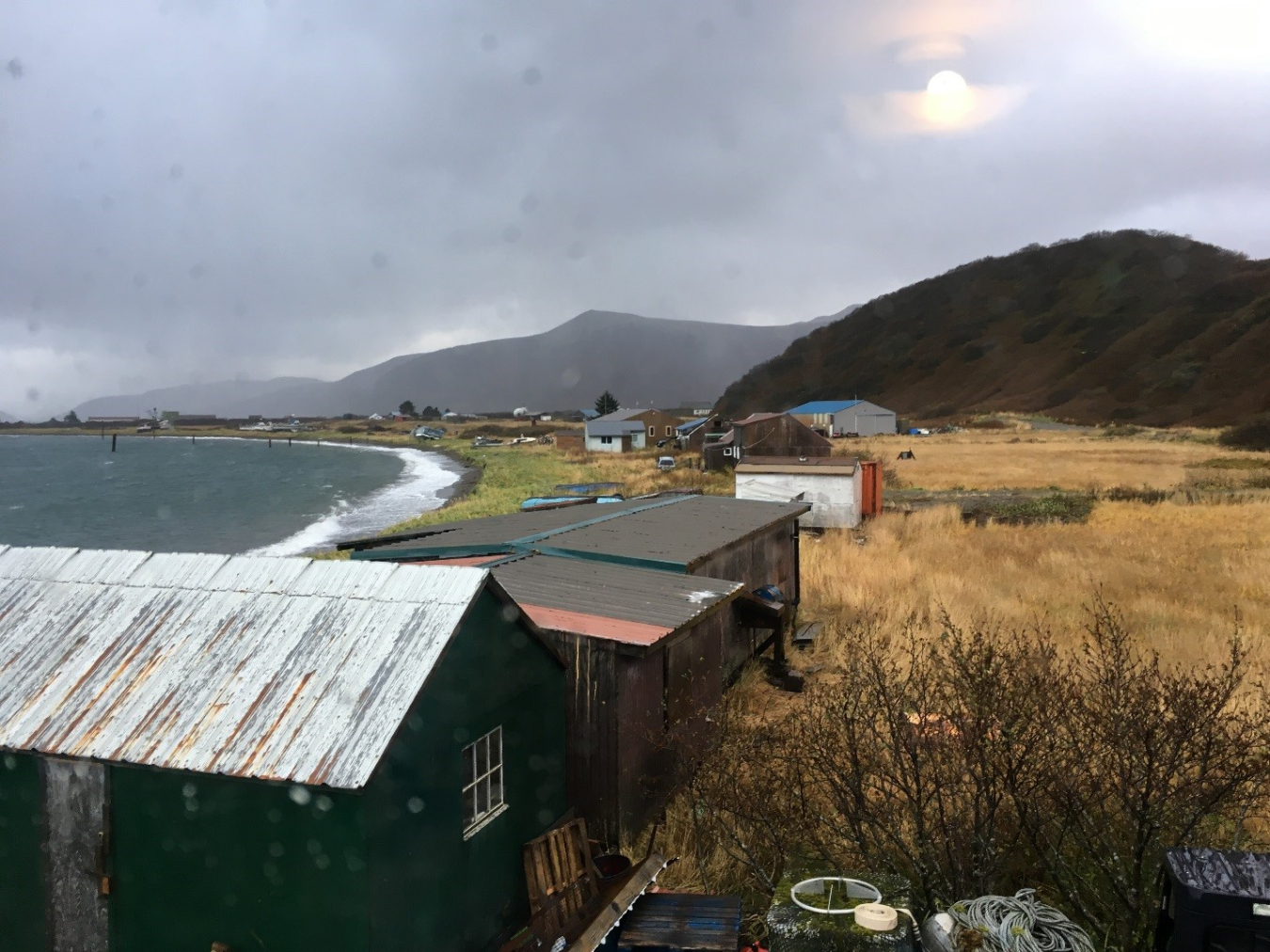DOE and Alaska Housing Finance Center team up to help rural Alaskan communities identify energy savings.
January 28, 2019
Rural communities offer huge opportunities for energy savings, however, they can be more difficult to reach than urban areas and they typically have smaller-sized public buildings. When implementing energy efficiency projects in small buildings, transaction costs can be greater relative to energy savings and therefore have longer payback periods. Rural communities may also lack the staff capacity to initiate, implement, and complete a project.
Alaska faces an exceptional challenge with many of the state’s public buildings located in rural communities, most of which are accessible only by boat or plane. In an effort to serve these small communities, the Alaska Housing Finance Corporation (AHFC) used a 2015 U.S. Department of Energy State Energy Program (SEP) Competitive Award to identify opportunities to reduce the energy burden for residents. AHFC used a three-part approach to reach rural communities – they organized technical assistance resources, secured expertise from multiple sources, and used that expertise to perform building energy audits.
AHFC first created the Energy Efficiency Technical Assistance Center to provide technical assistance to non-residential facilities. The Technical Assistance Center manages a toll-free phone number and email so rural communities can easily contact the Center with energy-related questions or requests for energy efficiency assistance. AHFC also created a toolbox that contains a Strategic Energy Management Practices manual – a guide that can be used to complete energy efficiency projects – along with a cash flow calculator, financing options suitable for small buildings, and case studies of local energy efficiency success stories. AHFC also hosted workshops to educate communities on how to manage their energy use to reduce the operating costs of their buildings. The information AHFC provided to rural communities helped to ensure that residents did not have to undertake building energy improvements on their own.
AHFC had previously contracted with the Alaskan Tribal Health Consortium, a non-profit organization, to provide funding for energy audits at water and sewer treatment plants. Other public building energy audits were funded by “kickstarter” grants to local communities through the SEP Competitive Award. As a result of this project, small project developers and a regional service provider completed 73 energy audits, which are the first step to understanding how energy efficiency measures can be deployed to save building energy costs.
One community that benefitted from this project was Chuathbaluk – a 3.5 square mile community of 100 residents. Two buildings in the community – the Crow Village Sam School and the Chuathbaluk Traditional Council building – underwent energy audits where money-saving retrofits were identified. Combined, the two buildings could experience savings of more than $16,000 with a payback period of about one year with simple LED retrofits and attic insulation. Chuathbaluk has high energy prices, electricity is $.78/kwh and oil is $6.25/gallon so energy efficiency improvements will have considerable continued savings. Chuathbaluk will not require loans for these upgrades, showing that not all energy efficiency measures require high initial capital investment.
With the Energy Department’s support, and technical assistance provided throughout AHFC’s project, this rural community was able to better understand the energy savings potential in their buildings through energy audits, take appropriate action, and will ultimately save money.
Read more about AHFC’s efforts to reduce energy waste in Alaska through the BMON building monitoring project.
The Energy Department's State Energy Program provides funding and technical assistance to states, territories, and the District of Columbia to enhance energy security, advance state-led energy initiatives, and maximize the benefits of decreasing energy waste. The State Energy Program emphasizes the state’s role as the decision-maker and administrator for program activities tailored to their unique resources, delivery capacity, and energy goals.

